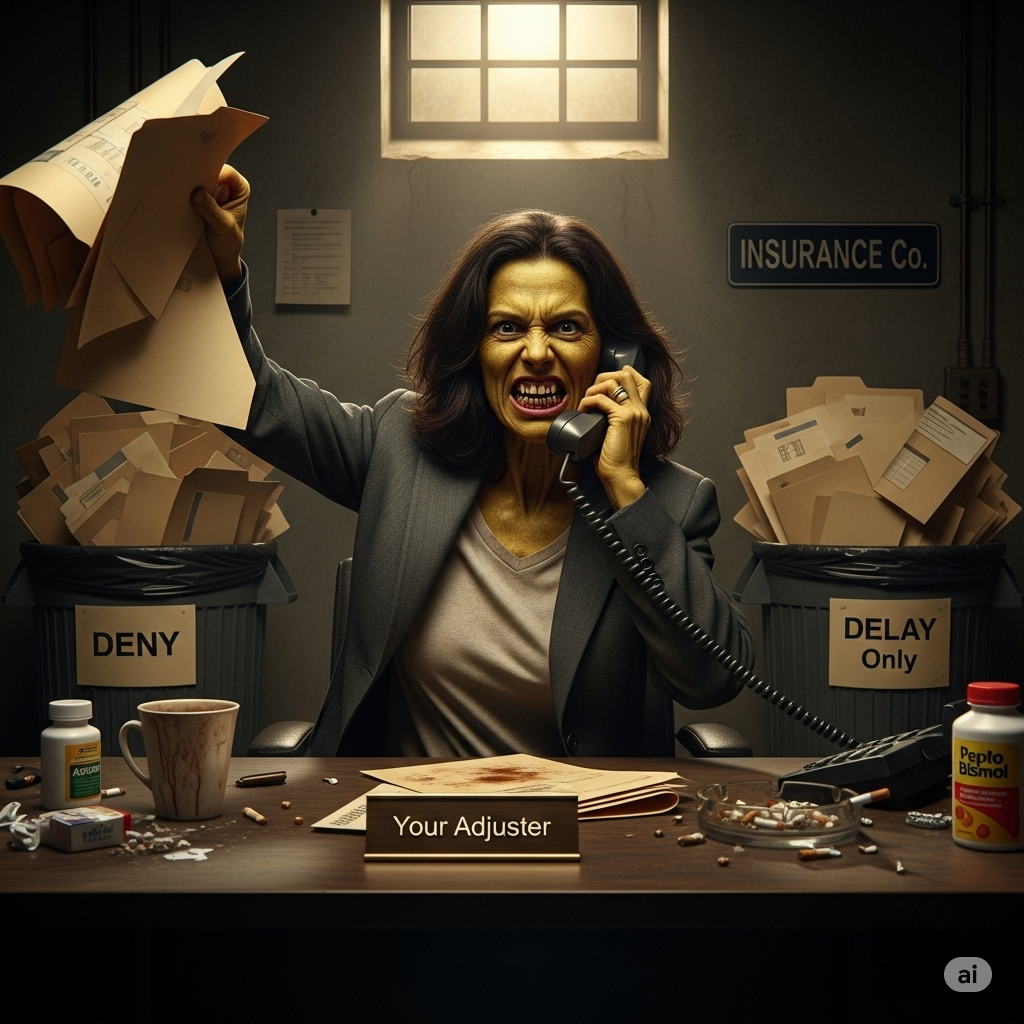Demystifying The Insurance Claims Process After A Serious Maryland Car Accident.

One of the more frequently asked questions I receive from my personal injury clients is an inquiry as to the “status” of their claim, or case. This is obviously an important inquiry, for someone who has been injured, missed time from work, and has mounting medical bills. The progression of the case that follows a significant or serious Baltimore car accident is similar in many respects to most personal injury claims- with some key differences. Although some law firms advertise that they handle only” serious car” accident cases, I’ve always recognized that any injury-causing event is a serious matter to those involved. There are no legal or insurance-based, or indeed, scientific principles that define what a serious, significant or catastrophic car accident is. Speaking in very broad terms any Maryland personal injury case will have distinct phases.
- Inception and investigation
- Treatment and recuperation
- Demand and negotiation
- Litigation

In the opening phases of the case, a personal injury attorney will notify parties of the claim and begin to collect and preserve important information about the happening of an event. It is when the event is a serious or catastrophic car accident that this phase can be more detailed, expansive, and complex. The nature of the loss may dictate that expert witnesses be retained early relatively contemporaneously with the happening of the event to preserve needed evidence, examine needed evidence in its native state, and otherwise engage in activity the opportunity for which might be lost later.
Perhaps the most overlooked stage of any Maryland personal injury claim is the treatment and recuperation phase. This is, candidly, the most crucial event in the timeline, although its importance is sometimes overlooked by the participants. It is here that the injured individual receives needed medical care and begins the sometimes-grueling process of recuperation and recovery. Many injury victims misunderstand this important phase. In the typical case, it is generally only after the course of treatment is over that the medical opinions- in terms of a diagnosis, a prognosis, and the possibility of future medical care can be intelligently and knowingly rendered. The magnitude of the physical damage in the wake of a catastrophic car accident often dictates that a lengthy process of recovery from those injuries is necessary.
Understanding Options After an Accident with an Uninsured Motorist: A How To Guide
Being a driver involved in a car accident is a stressful and disorienting experience. That stress can quickly multiply when you discover the driver who caused the crash has no liability insurance to cover your injuries and damages. While it may feel like a dead end, you likely have several important options for financial recovery. The key is often found within your own auto insurance policy.
- Your Own Uninsured Auto Insurance: The First Line of Defense
The single most critical protection in this scenario is Uninsured Motorist (UM) Coverage. This is a standard part of most auto insurance policies, and it is mandatory in many states. It is mandatory in Baltimore, unless you affirmatively indicate in writing you do not wish to have it. UM coverage is designed specifically for this situation. It essentially allows you to file a claim with your own insurance company, which then steps into the shoes of the at-fault driver’s non-existent policy. Your UM coverage can compensate you for the same damages you would have sought from the other driver, including:
Medical expenses (past and future)
Lost wages from being unable to work
Pain, suffering, and emotional distress
In addition to UM coverage, your policy may also include Personal Injury Protection (PIP) In “no-fault” states like Maryland, PIP is mandatory [again, It is mandatory in Baltimore, unless you affirmatively indicate in writing you do not wish to have it. This coverage provides immediate coverage for your medical bills and a portion of your lost wages up to a certain limit, regardless of who was at fault. This can be a vital resource for getting initial medical care without delay while your larger UM claim is being processed. - Baltimore Uninsured Motorist Litigation: Other Potential Avenues for Recovery
If your PIP auto isn’t sufficient or you lack certain coverages, your health insurance becomes a primary resource for covering the costs of medical treatment. While health insurance won’t pay lost wages, it will pay your medical costs. You will be responsible for your plan’s deductibles and co-pays, but it ensures your medical bills are addressed. It’s important to know that if you later recover money through a UM claim or lawsuit, your health insurer may have a right of “subrogation,” meaning they can seek reimbursement for the amounts they paid out on your behalf.
While you can legally file a lawsuit directly against the at-fault, uninsured driver, this option is often impractical. A person who cannot afford car insurance typically does not have the assets to pay a significant court judgment. This is often referred to as being “judgment proof.” While you might win the lawsuit, collecting the money you are awarded can be difficult or impossible. - Immediate Steps to Take
If you are injured by an uninsured driver, I suggest it is most often crucial to act promptly to protect your rights:
Call the Police: A police report may well be essential documentation that proves the accident occurred and helps identify the other driver as uninsured. Such a report might be required under your policy. Assume it is.
Seek Medical Attention: Prioritize your health and create a medical record of your injuries.
Notify Your Insurance Company: Report the accident to your own insurer immediately to begin the claims process for your UM and PIP/MedPay benefits.
Consult an Attorney: This is optional, but recommended. Navigating a UM claim can be as complex as dealing with an opposing insurance company. A personal injury attorney can manage the process, help you document your damages, and advocate on your behalf to ensure you receive the full and fair compensation you are entitled to under your policy.
When the treatment phase is concluded in the typical Maryland personal injury case, it is time to present all of the documentation, evidence, and other facts and arguments supporting the injured individual’s entitlement to monetary compensation to the appropriate insurance company, along with the demand for a settlement. In some instances, a period of negotiation will ensue, at the conclusion of which there is the possibility of an amicable settlement. If settlement discussions are not successful, for example where the insurance company fails to fully appreciate the nature and extent of the loss, or fails to extend a reasonable offer of settlement, litigation -the final phase- commences. In Maryland personal injury cases premised on the negligence of another person must be filed within three years of the date of the injury causing event.



